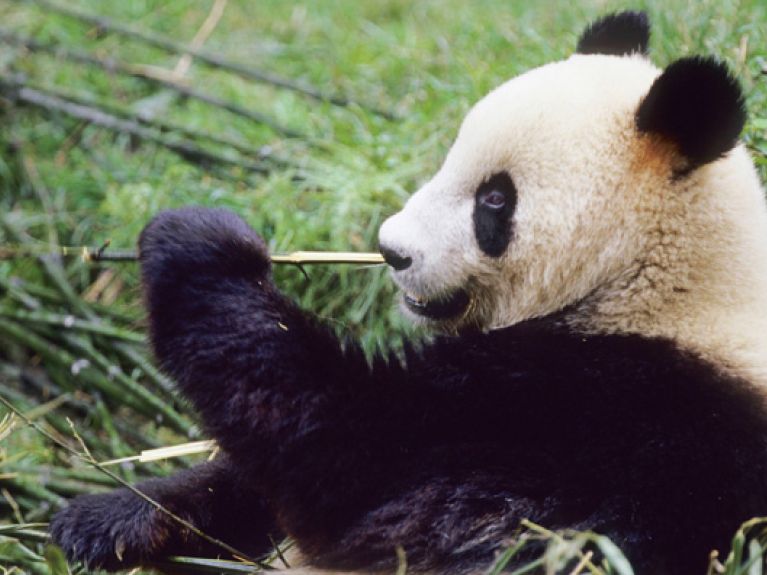Bonn – capital city of biodiversity
Following the example of the Intergovernmental Panel on Climate Change, the aim of the Intergovernmental Science-Policy Platform on Biodiversity and Ecosystem Services (IPBES) in Bonn is to ensure that no one can ignore the issue of species protection.

Extinction is not always as clear for everyone to see – and rarely touches people worldwide as much – as the death of the giant tortoise Lonesome George on the Galapagos Islands, probably last animal of the subspecies Chelonoidis nigra abingdonii on Earth. The entire diversity of animals and plants is estimated at between 10 to 20 million species. But that number is declining dramatically. Experts believe that 1,000 times more species are disappearing every year worldwide than would be the case under natural circumstances. Species protection is not a “luxury” issue, it is essential for the future of the planet. This is this realization that led to the creation of the Intergovernmental Science-Policy Platform on Biodiversity and Ecosystem Services (IPBES) at a conference of the United Nations (UN) in Panama 2012. This global platform collects scientific knowledge on biodiversity and makes it available to decision-makers. The IPBES secretariat, which coordinates the work, was opened in the summer of 2014, the 18th organization of the United Nations to be based in Bonn. Germany supports the secretariat with premises and office equipment in the UN Tower on the Rhine (“Langer Eugen”) as well as the IPBES budget. In addition, the Federal Ministry for the Environment and the Federal Ministry of Research have set up a national IPBES coordinating office to support the secretariat.
Putting a price on the work of bees
At its third plenary meeting in January 2015 in Bonn, the now-123 IPBES member states adopted a detailed work programme designed to answer key questions on biodiversity and “ecosystem services”. Following the example of the Intergovernmental Panel on Climate Change, hundreds of researchers will fan out to collect information from science, environmental groups, industry and indigenous groups over the next few years: Which animal and plant species are threatened with extinction, and why? How much money is the service worth that bees provide when they pollinate plants? Which invasive species threaten which ecosystems? How much is an area of rainforest worth that is not cleared for cattle pasture? The issues will be investigated in different regions, and reports for Africa, Asia, Europe and Latin America are to be drawn up by 2017. The process will be concluded in 2019 with a comprehensive report on the state of global biodiversity.
World Biodiversity Day and World Wildlife Day on 3rd March

